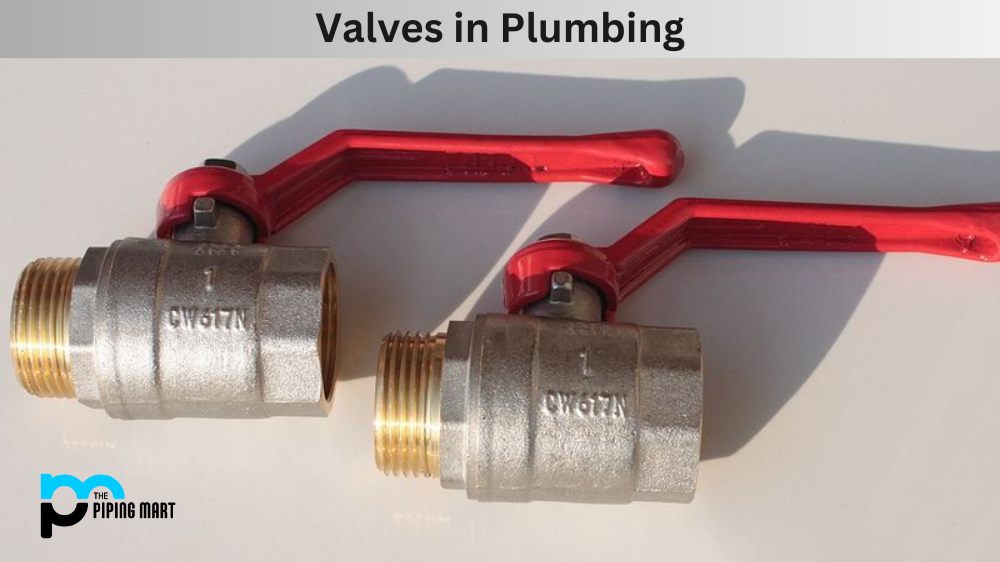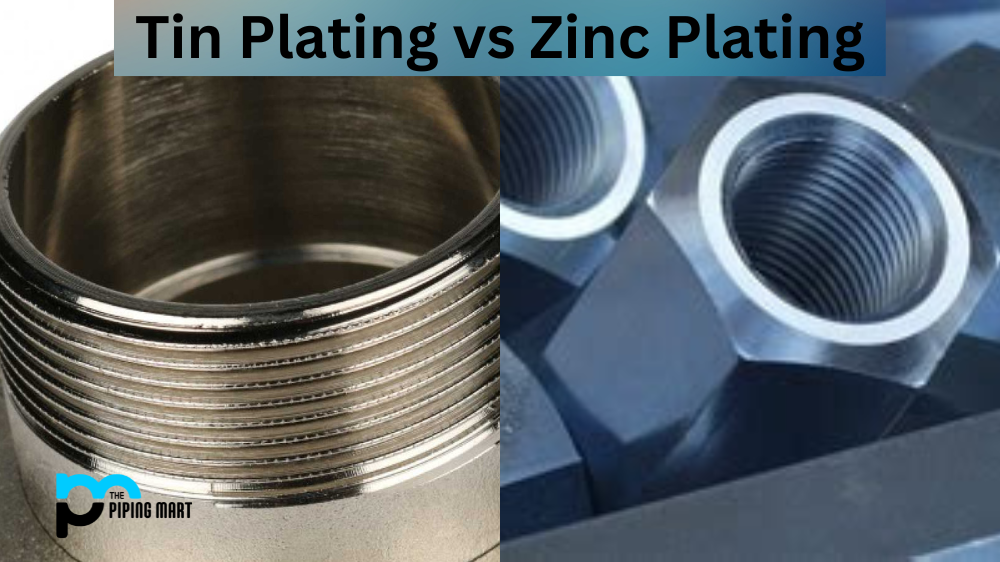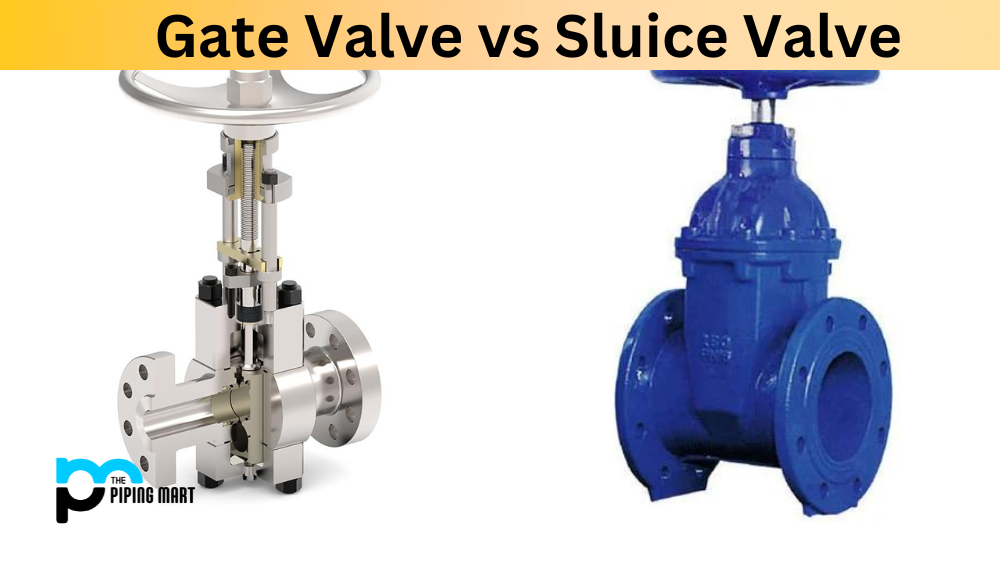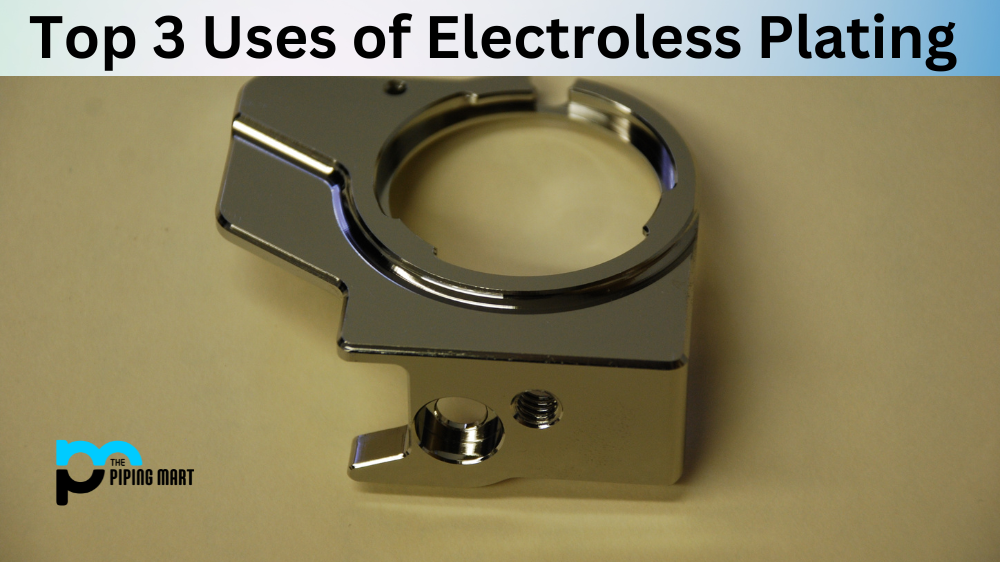The plumbing system of a house or commercial building is complete with valves. Valves are an essential part of the plumbing system; with them, it is possible to control the flow of water, steam, or air. Different valves are used in plumbing, each with a unique functionality that suits specific needs. Understanding these valves’ use and functionality is crucial for plumbers and individuals who intend to tackle plumbing issues themselves. This blog post will explain the various types of valves used in plumbing, their functionalities, and where they are used.
Ball Valves
Ball valves are most commonly used in plumbing systems because of their reliability, durability, and affordable price. Ball valves comprise a spherical disc with a hole in the centre. They use turned handles or levers to rotate the Ball within the valve body to open or shut off water flow. Ball valves provide tight shut-off when closed, making them ideal for applications requiring precise flow control. They are commonly used in homes, hospitals, and hotels.
Gate Valves
Gate valves, or knife valves, use a gate inside the valve installed onto the valve’s inner walls. They are commonly used in applications requiring complete open or shut-off services. They are not recommended for regulating the flow of water or steam because of the gate design, which allows moisture or condensation to influence it. Gate valves are mainly used in commercial and industrial plumbing systems.
Globe Valves
Globe valves are similar to gate valves, but the difference is the plunger-like disc that moves within the valve body. Globe valves are excellent for regulating the flow of water or steam and are used where precise control is essential. They come in different types, like angle and straight globe valves. Globe valves are commonly used in commercial buildings and HVAC systems to regulate water and steam flow.
Check Valves
Check valves are designed to allow the flow of liquid or gas in one direction while blocking it in the other direction. They operate automatically and offer continuous, unrestricted flow in one direction. Check valves are widely used in different applications, such as irrigation systems, oil and gas, and water treatment plants.
Pressure Regulating Valves (PRVs)
PRVs are essential in regulating the water pressure flowing through plumbing systems. They operate by monitoring and maintaining the water pressure within a preset limit. When the water pressure exceeds a specific limitation, the PRV automatically reduces it to the preset level. PRVs are commonly used in households and commercial plumbing systems.
Conclusion
Plumbing systems would only be complete with valves. Valves play an indispensable role in regulating the flow of water, steam, and gas through the plumbing system, making it essential to understand their functionality. This blog post has highlighted five different types of plumbing valves and their unique functionalities, including Ball, gate, globe, check, and pressure-regulating valves. Regarding plumbing systems, ensuring the correct valve for the proper application is crucial for efficient performance and longevity.

A passionate metal industry expert and blogger. With over 5 years of experience in the field, Palak brings a wealth of knowledge and insight to her writing. Whether discussing the latest trends in the metal industry or sharing tips, she is dedicated to helping others succeed in the metal industry.




